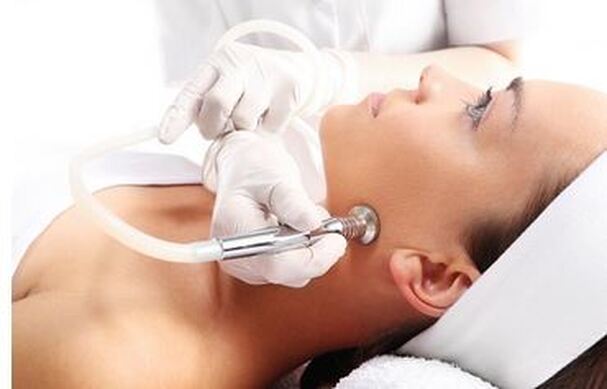Dermabrasion and Dermaplaning Services: Refining Your Skin with Precision
Elevate Your Skin's Texture and Appearance
Dermabrasion and dermaplaning offer advanced solutions for refining the skin's top layers through controlled surgical scraping. These techniques, expertly performed by Dr. Weiss, smooth out surface irregularities for a noticeably softer and more uniform skin appearance.
Solutions for Complex Skin Concerns
Dermabrasion and dermaplaning offer advanced solutions for refining the skin's top layers through controlled surgical scraping. These techniques, expertly performed by Dr. Weiss, smooth out surface irregularities for a noticeably softer and more uniform skin appearance.
Solutions for Complex Skin Concerns
- Scar Smoothing: Ideal for improving facial skin scarred by accidents, previous surgery, or to smooth out fine facial wrinkles, especially around the mouth.
- Acne Scar Treatment: Dermaplaning is specifically effective for treating deep acne scars, promising smoother skin texture.
- Precancerous Growth Removal: Dermabrasion is also utilized to remove keratoses, aiding in skin cancer prevention.
Customized Treatment Plans with Dr. Weiss
Dr. Weiss personalizes each dermabrasion and dermaplaning procedure, ensuring treatments align with your skin type and aesthetic goals. Whether targeting specific areas or enhancing the entire face, these procedures can stand alone or complement other treatments like facelifts, scar revision, or chemical peels.
Ideal Candidates for Dermabrasion and Dermaplaning
Suitable for individuals seeking to address:
Pre-Treatment Consultation
During your initial consultation, Dr. Weiss will evaluate your skin's condition, discuss your aesthetic objectives, and outline a tailored surgical plan. This collaborative approach ensures you're well-informed of the procedure's scope, recovery expectations, and potential outcomes
Dr. Weiss personalizes each dermabrasion and dermaplaning procedure, ensuring treatments align with your skin type and aesthetic goals. Whether targeting specific areas or enhancing the entire face, these procedures can stand alone or complement other treatments like facelifts, scar revision, or chemical peels.
Ideal Candidates for Dermabrasion and Dermaplaning
Suitable for individuals seeking to address:
- Facial scars
- Fine wrinkles
- Deep acne scars
- Precancerous skin growths
Pre-Treatment Consultation
During your initial consultation, Dr. Weiss will evaluate your skin's condition, discuss your aesthetic objectives, and outline a tailored surgical plan. This collaborative approach ensures you're well-informed of the procedure's scope, recovery expectations, and potential outcomes

The Procedure: Expert Care in a Comfortable Setting
Performed under local anesthesia for minimal discomfort, the duration of dermabrasion and dermaplaning depends on the treatment extent. Dr. Weiss's meticulous technique ensures the highest standards of safety and results, aiming for a seamless recovery and exceptional skin enhancement.
Post-Procedure Care and Recovery
Following the procedure, Dr. Weiss provides comprehensive aftercare instructions to support optimal healing. Recovery varies by individual but generally involves managing initial redness and swelling, with detailed guidance on protecting and nurturing your rejuvenated skin.
Discover the Benefits of Dermabrasion and Dermaplaning with Dr. Weiss
Schedule your consultation with Dr. Weiss today and explore how dermabrasion and dermaplaning can transform your skin. Experience personalized care tailored to your unique needs, and take the first step towards a smoother, more radiant complexion.


